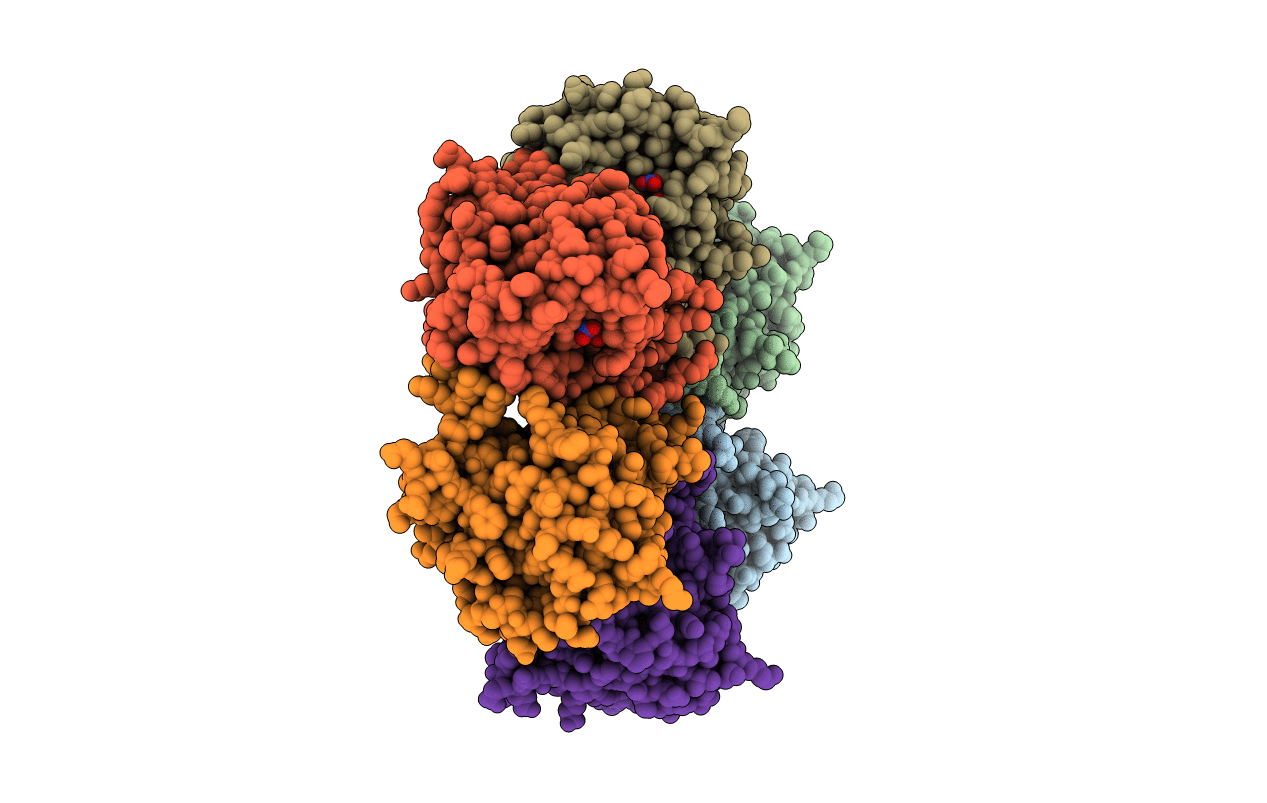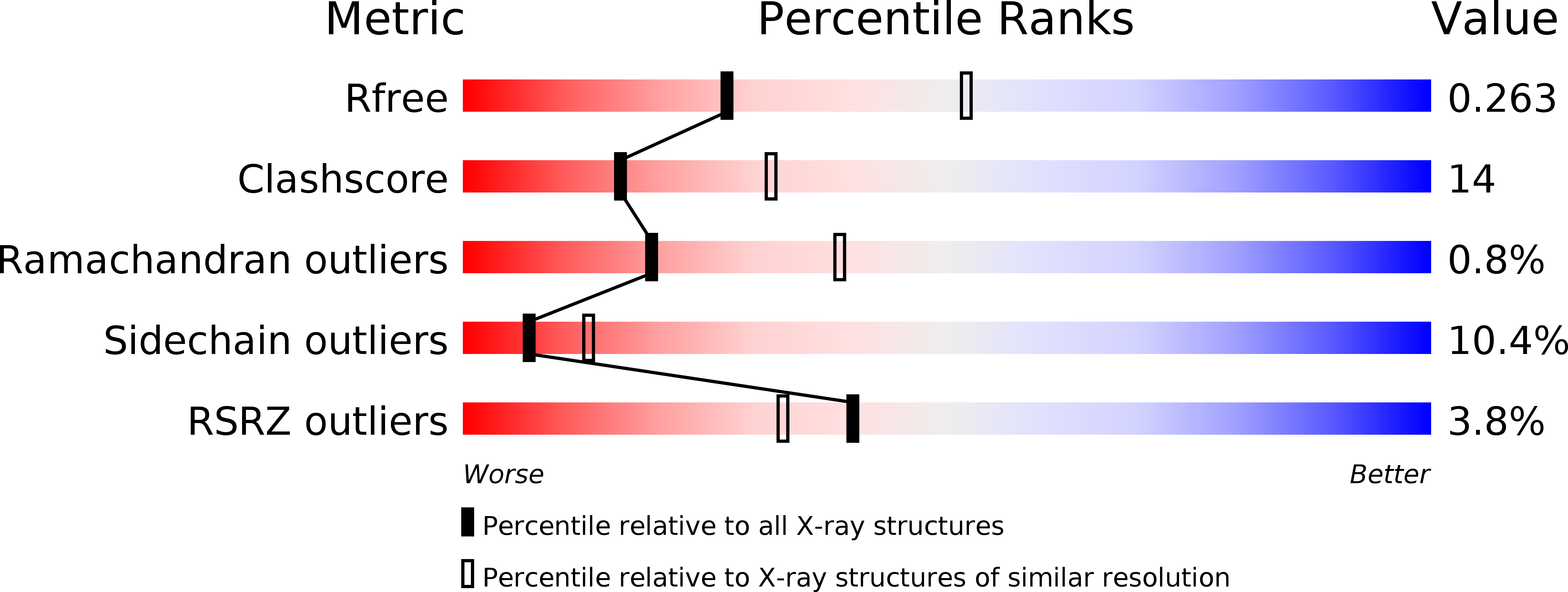
Deposition Date
2012-01-17
Release Date
2012-05-02
Last Version Date
2023-09-13
Entry Detail
Biological Source:
Source Organism:
Methanococcus voltae (Taxon ID: 2188)
Host Organism:
Method Details:
Experimental Method:
Resolution:
2.60 Å
R-Value Free:
0.26
R-Value Work:
0.20
R-Value Observed:
0.20
Space Group:
C 1 2 1


